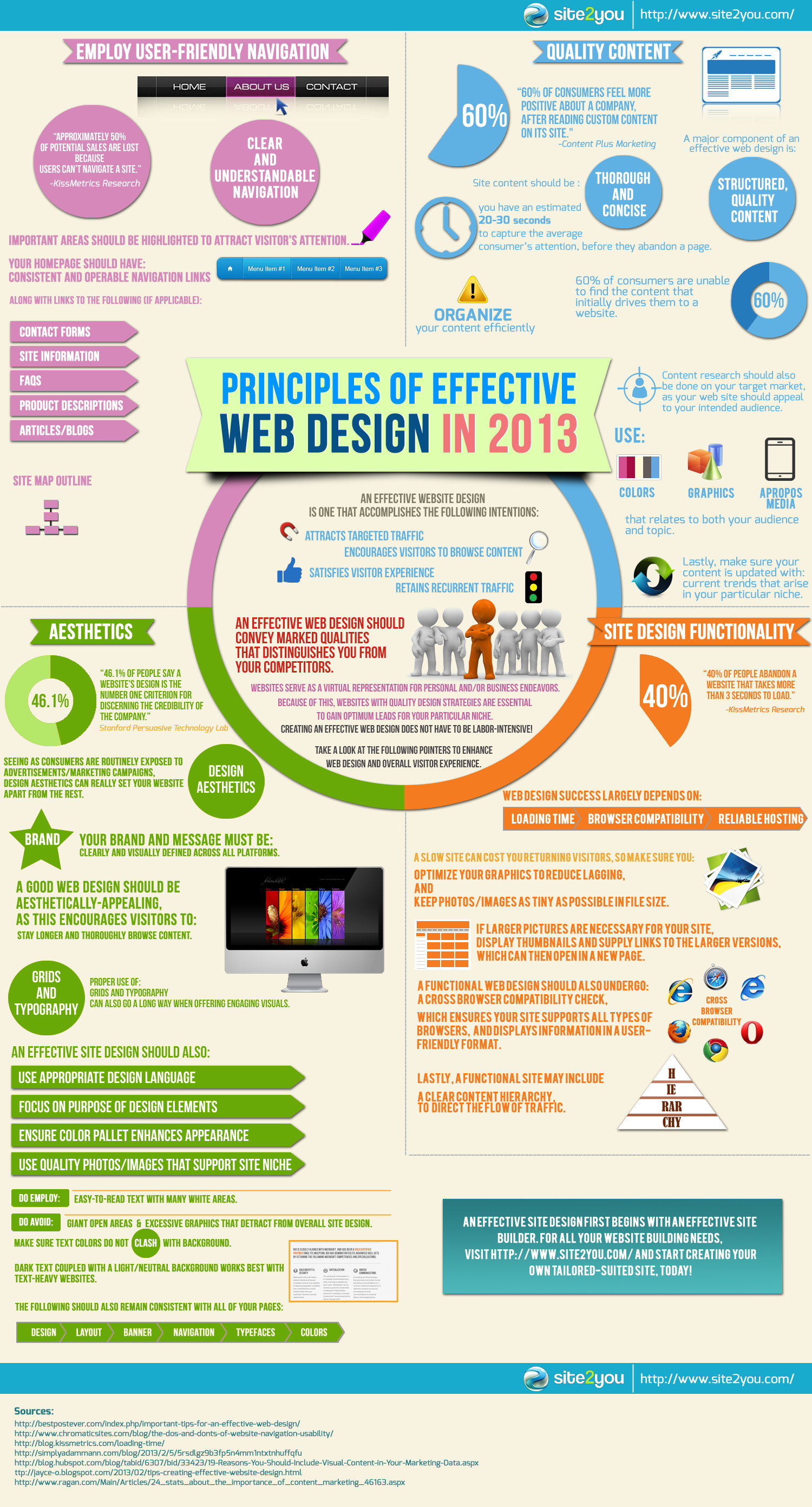Intrigued In Learning Just How Web Site Design Has Transformed For Many Years? Discover The Journey
Intrigued In Learning Just How Web Site Design Has Transformed For Many Years? Discover The Journey
Blog Article
Web Content Author-Pappas Trolle
In the past, websites were basic and concentrated on information. Navigation was direct, and layout was for desktops. Currently, individual experience is key. Information guides layouts for very easy navigating. Receptive layouts match different gadgets. Today, dark mode decreases strain, and minimal menus boost navigating. Interactive attributes involve users, and bold visuals stick out. AI integration increases interaction. See just how design has developed to enhance your on-line journey.
Early Days of Website Design
In the very early days of web design, simplicity reigned supreme. https://www.forbes.com/sites/forbesagencycouncil/2021/10/26/3-steps-all-marketers-must-take-to-be-successful-in-digital-marketing/ were fundamental, with minimal colors, typefaces, and layouts. The focus got on giving info instead of flashy visuals. Individuals accessed the web via slow dial-up connections, so speed and performance were crucial.
Navigation menus were straightforward, usually located on top or side of the web page. Websites were developed for desktop computers, as mobile browsing wasn't yet prevalent. Web content was king, and designers prioritized easy readability over intricate layout aspects.
HTML was the primary coding language made use of, and designers needed to work within its constraints. Animations and interactive functions were very little compared to today's criteria. Internet sites were static, with little dynamic web content or tailored user experiences.
Rise of User-Focused Layout
With the evolution of web site style, a shift in the direction of user-focused layout principles has become significantly famous. Today, producing web sites that focus on individual experience is important for involving visitors and attaining organization objectives. User-focused style involves comprehending the requirements, preferences, and behaviors of your target audience to tailor the site's format, content, and features appropriately.
Developers now perform extensive research, such as individual surveys and use testing, to gather insights and feedback directly from individuals. https://www.marketingprofs.com/articles/2022/46899/seven-results-driven-paid-strategies-for-b2b-marketing -driven technique assists in developing intuitive navigating, clear calls-to-action, and visually appealing user interfaces that reverberate with visitors. By positioning the individual at the facility of the layout procedure, internet sites can supply a much more individualized and enjoyable experience.
Receptive layout has actually likewise emerged as a crucial facet of user-focused layout, ensuring that web sites are optimized for various devices and screen sizes. This adaptability boosts access and usability, dealing with the diverse ways customers communicate with web sites today. Fundamentally, the rise of user-focused design represents a shift in the direction of creating digital experiences that focus on the demands and expectations of completion individual.
Modern Trends in Web Design
Check out the most up to date fads forming web design today. One famous fad is dark mode style, offering a sleek and modern-day look while decreasing eye stress in low-light atmospheres. One more essential trend is minimal navigating, simplifying menus and boosting user experience by concentrating on essential elements. Including micro-interactions, such as computer animated switches or scrolling impacts, can develop a more engaging and interactive internet site. Responsive design stays critical, guaranteeing smooth user experiences across different gadgets. Furthermore, using vibrant typography and unbalanced layouts can add aesthetic rate of interest and draw attention to particular content.
Incorporating AI modern technology, like chatbots for customer support or personalized recommendations, enhances customer interaction and improves processes. Availability has additionally become a significant trend, with designers prioritizing inclusive layout techniques to accommodate diverse customer requirements. Embracing sustainability by maximizing internet site efficiency for speed and efficiency is an additional emerging pattern in website design. Teaming up with individual comments and data analytics to repeat and improve style continually is necessary for staying relevant in the ever-evolving digital landscape. By accepting these modern trends, you can produce an aesthetically enticing, user-friendly internet site that reverberates with your audience.
Final thought
As you review the advancement of website design from the very early days to currently, you can see how user-focused design has actually ended up being the driving force behind modern fads.
Accept the journey of change and adjustment in website design, constantly keeping the individual experience at the center.
Tippingpointdigital
Keep current with the most recent patterns and technologies, and never quit evolving your approach to produce aesthetically magnificent and easy to use internet sites.
Progress, adapt, and create - the future of web design is in your hands.
